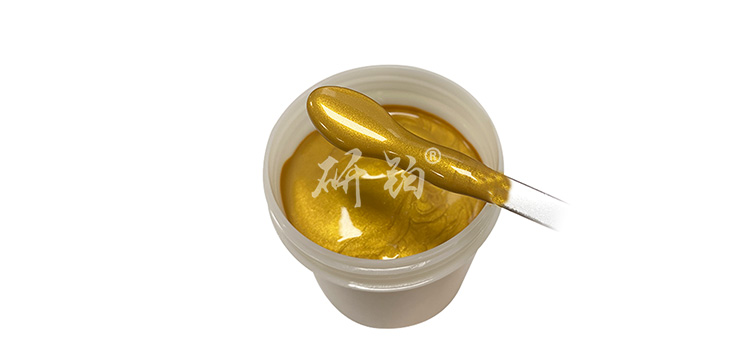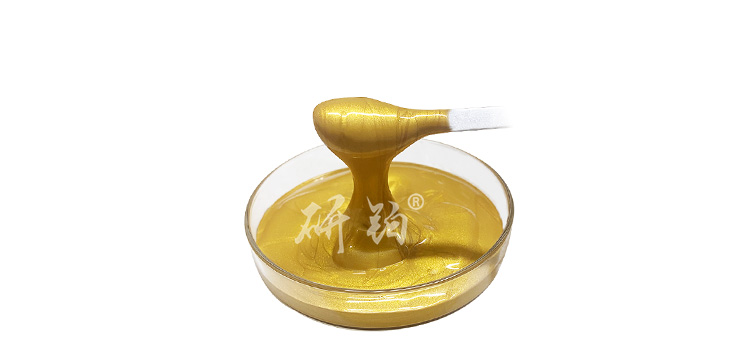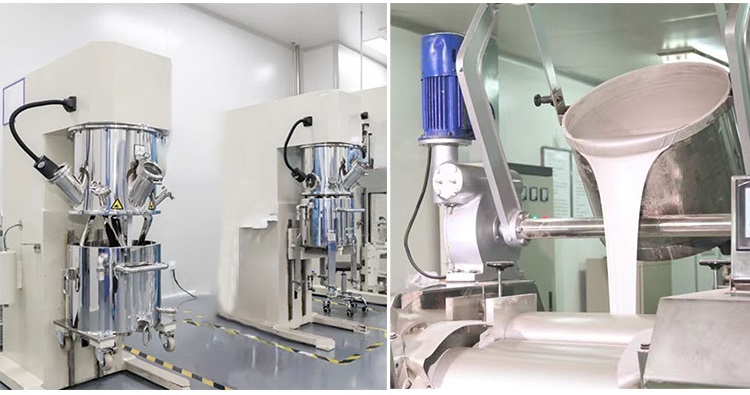Lead tin welding paste is mainly composed of high-purity lead powder, tin powder, as well as precise ratios of binders, solvents, and special additives. This gold paste is designed specifically for precision soldering scenarios such as electronic components and circuit boards, and can achieve fast and stable soldering connections at low temperatures.

Product characteristics
- Low melting point and high fluidity: The melting point of lead tin alloy is relatively low, which allows the gold paste to quickly melt and flow during the welding process, filling the welding gap and forming a uniform welding joint.
- Excellent conductivity: Both lead and tin are good conductors, so the solder joints formed by lead tin solder paste have excellent conductivity, ensuring stable transmission of electronic signals.
- Good wetting and spreading properties: Gold paste can form a good wetting and spreading effect on the welding surface, ensuring a tight bond between the welding material and the substrate.
- Corrosion resistance and stability: Lead tin alloys have certain oxidation resistance in air, which can resist a certain degree of corrosion and improve the stability and durability of welded joints.
- Easy processability and operability: Lead tin welding paste has good processability and operability, suitable for various welding processes and equipment, and is easy to integrate into automated production lines.
Product advantages
- High welding quality: Lead tin welding paste can achieve high-quality welding connections, ensuring the strength and stability of the welding points.
- Wide applicability: Suitable for various substrates and welding scenarios, including welding of precision equipment such as electronic components, circuit boards, sensors, etc.
-
Environmental friendliness: Although lead tin alloys are controversial in terms of environmental protection, modern production processes have minimized their impact on the environment through precise control of alloy composition and the addition of special additives. Meanwhile, with the continuous development and application of lead-free solder, the environmental performance of lead tin solder paste is expected to be further improved in the future.

Production process
- Raw material preparation: Select high-purity lead powder, tin powder, adhesives, solvents, and other raw materials.
- Mixing and stirring: Mix the raw materials evenly in a certain proportion to form a uniform slurry. During this process, it is necessary to strictly control the stirring speed and temperature to ensure that all components are fully dispersed and no chemical reactions occur.
- Filtration purification: Fine filtration is used to remove impurities and particles from the slurry, ensuring its purity and stability.
- Quality testing: Conduct multiple quality tests on the slurry, including conductivity, viscosity, flowability, and other indicators, to ensure that it meets product standards and customer requirements.
workshop show










